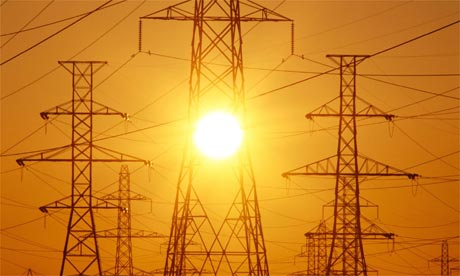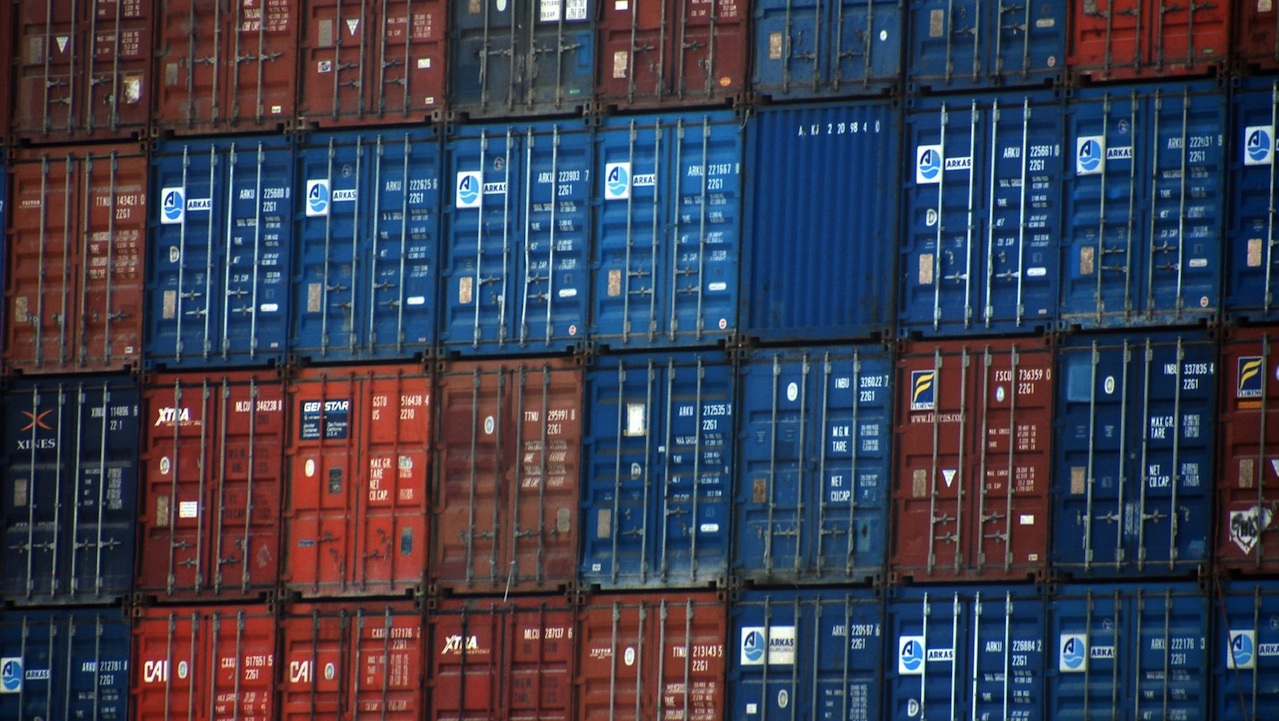It’s simple, really. In a progressive society, everyone needs a basic level of sustenance. A $9/hour minimum wage as proposed by the President, although a step in the right direction, means a mere $18,000 for someone working 40-hour weeks with 2 weeks’ vacation. That’s hardly enough to sustain any kind of lifestyle, especially for people with children. Especially for people with multiple children. $18,000 is a step up from the current $14,500 a full-time minimum wage earner would make, but it’s nowhere near enough.
Our proposal – $50/hour – guarantees the dishwashers and housekeepers of Our Great Nation at least $100,000 a year. Every man a king, right? Why should internists and litigators be the only ones to benefit from 6-digit incomes? A sharp, sudden jump in the minimum wage would finally bring the equality that most politicians only pay lip service to. $50/hour (and remember, that’s just a minimum. Employers are encouraged to pay more) is the difference between a society of wildly disparate incomes, and a society in which no one, no matter their education level or background, ever has to do without again. Furthermore, a 6-fold increase in the minimum wage will spur consumer spending and make the economy hum again. With more money in their pockets, the working classes will have more for outlays, getting the money circulating and creating greater prosperity for all. It’s just good business sense. Politicians of both parties need to reach a bipartisan consensus on this and pass meaningful reform, right away. No more half measures.
(We couldn’t expand this post to regular length and keep it fully satirical. Time to go earnest on you.)
Reality time. A wage isn’t just remuneration that an employer decides to pay you. It’s a function of your worth to said employer – how much you can bring in. Johnny Depp’s next endeavor is allegedly worth $90 million. If that’s true, will he receive such a windfall just for being that much more breathtakingly handsome and charismatic than your average minimum-wage worker? No, or the person writing these lines would be making at least as much. Johnny Depp commands that kind of money because the previous 5 movies in his current series have grossed $2.8 billion on a budget of barely a billion. For whatever reason, millions of people like to see him on screen. If those numbers are legitimate, the $90 million might even be on the stingy side.
The franchisee who runs the Burger King that you work at isn’t paying you $7.25 an hour to man the counter because he’s cheap. (He might be, but that’s beside the point.) He’s doing it because that’s all you’re worth. Granted, you’re not “bringing in” money in as direct a way as Johnny Depp is, but your position still has value. Consider the alternative; not having someone on the premises to take customers’ orders.
Say the $50/hour minimum wage was enacted. Then what? That franchisee would have to raise prices to the point that he could cover his employees’ new salaries yet continue to make something of a profit. Even if you think profits are evil, he might still need to recoup $1.2 million in startup costs. But no one’s going to pay $17.50 for a patty on a bun, meaning the franchisee would have to close up shop and lay off his entire staff, raising the unemployment rate that much more.
A $9/hour minimum wage differs from a $50/hour minimum wage only in degree, not in kind. Raise a job’s wage beyond whatever the market clearing price is, and at some point that job becomes no longer economical.
The pro-increase forces have managed to convince a gullible public (ah, but we repeat ourselves) that the average minimum-wage earner is an exhausted single mother with 5 kids, living in the projects, of darker complexion than your average U.S. senator, and just trying to make a go of it in a system that’s stacked against her. Multiply her by tens of millions, and that’s Obama’s Bush’s America. Welcome to dystopia.
It’s a load of crap. You know how many true minimum-wage jobs there are in this country?
1.7 million. Which means 99.3% of people in the workforce are making something more than minimum wage.
Furthermore, most of those 1.7 million are under the age of 25. And almost all of those are teenagers.
You turn 14, your parents stop handing you things, and you start earning your own money. It’s called growing up. And so at the onset of your work career, you make very little money. Why? Because you’re one step above useless, and you haven’t developed any skills. But it’s OK. You’re not supposed to have developed any skills, because you’re 14. Also, you’re not paying for room and board. If anything, we should be lowering the minimum wage. There are plenty of kids who’d be happy to have a little extra cash for swinging a mop and a bucket, but who can’t because prospective employers would rather hand the job off to an unpaid family member than hire someone at $7.25 an hour.





